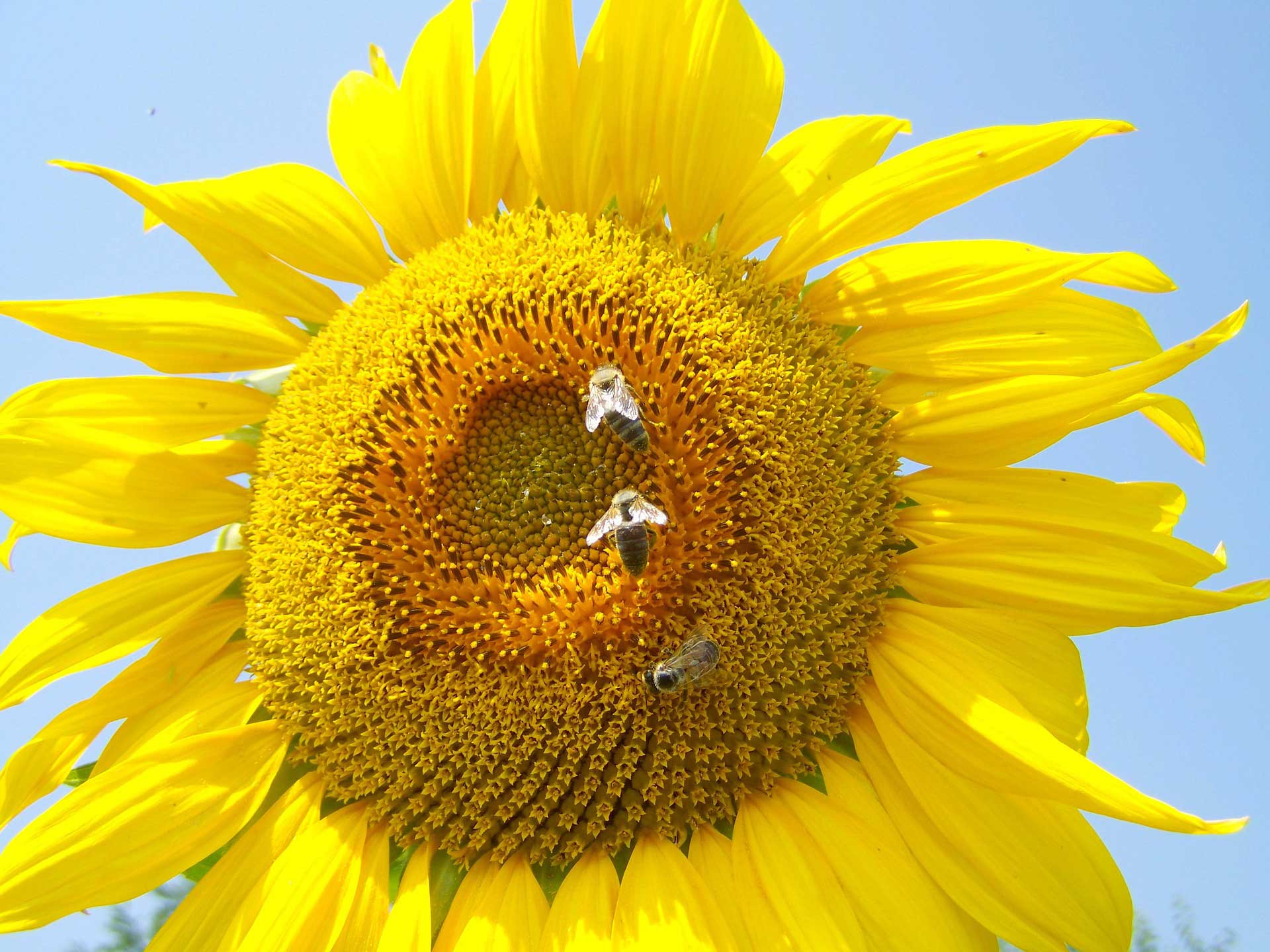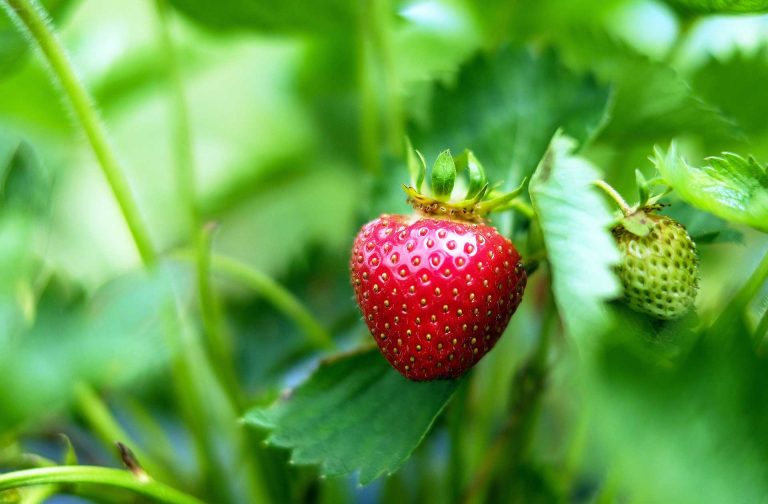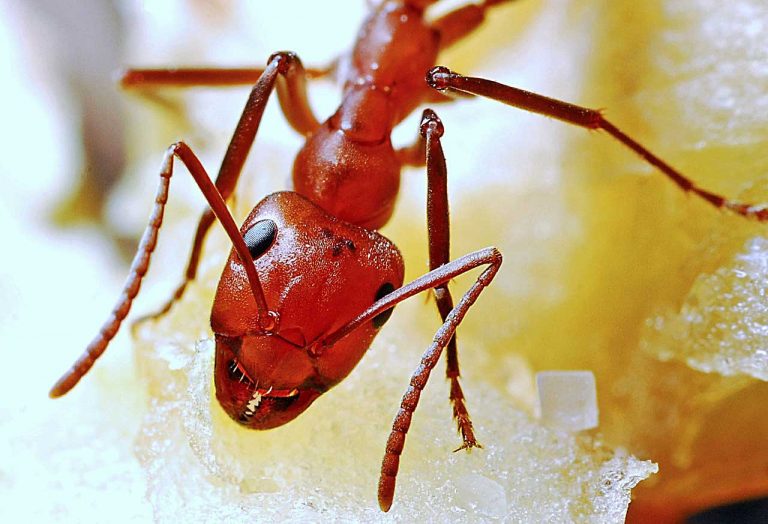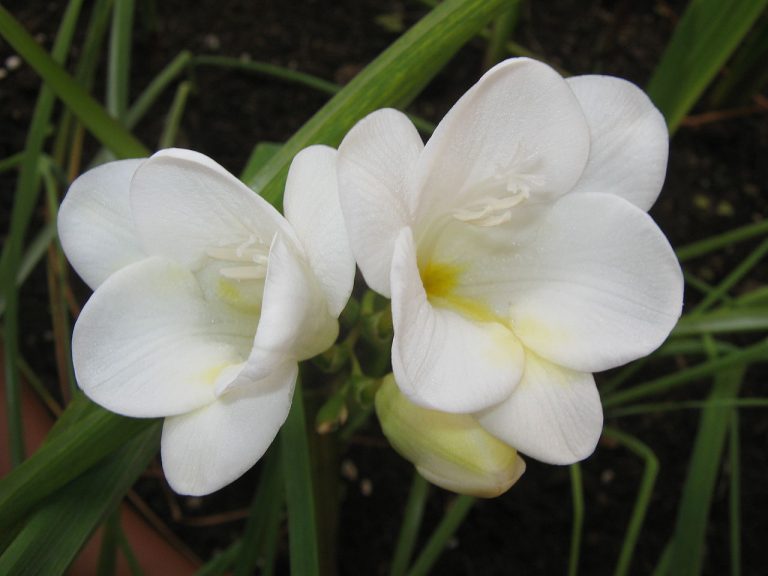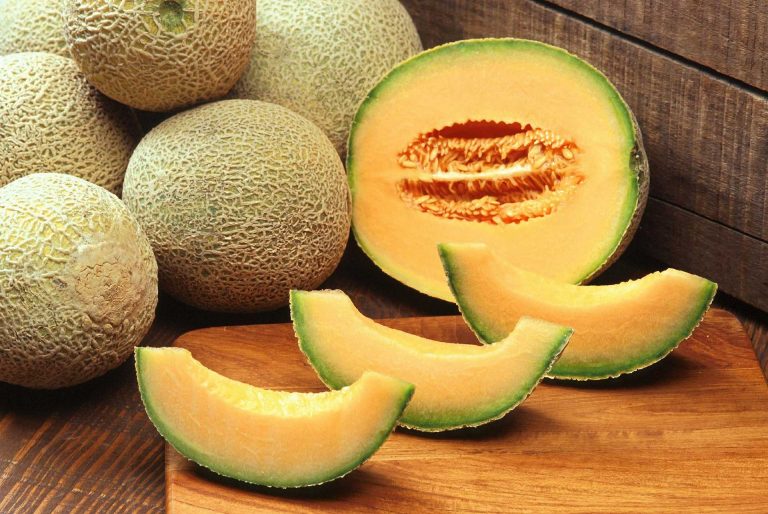Sunflowers – Water Nymph Clytie’s Transformation into the Sunflower
Scientific Classification
| Kingdom: | Plantae |
| (unranked): | Angiosperms |
| (unranked): | Eudicots |
| (unranked): | Asterids |
| Order: | Asterales |
| Family: | Asteraceae |
| Subfamily: | Helianthoideae |
| Tribe: | Heliantheae |
| Genus: | Helianthus |
| Species: | H. annuus |
| Binomial name: | Helianthus annuus |
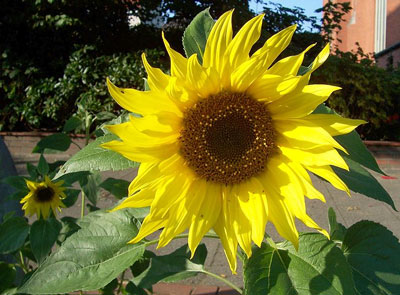
Photo by: Uwe H. Friese
The sunflower (Helianthus annuus), a habitat of the Americas, is a yearly flowering plant. The sunflower has a big inflorescence (flowering head) that it often uses for capturing the sun. The name “sunflower” derives from its shape.
You can describe the plant as one with rough, broad, hairy steamed, coarsely toothed, circular flower heads and rough leaves. Several individual flowers make up the head of the flower that mature into hundreds of seeds upon a receptacle base. Some people brought Sunflower seeds from America to Europe in the 16th century, and sunflower oil became a widely used cooking oil. Greek mythology tells the story of a water nymph Clytie’s relentless, romantic but non-reciprocating pursuit of the Sun God Apollo that finally turned her into the Sunflower that continues daily to faithfully follow the east-west movement of the Sun.
Anatomy
The petals of the sunflower that form part of the cluster always adhere to a spiral pattern. The general arrangement of each floret with respect to the other obeys the golden angle of 137.5o, giving it the model of interconnecting spirals in Fibonacci numbers, which means the number of left spirals and the number of right spirals follow a continuous configuration.
Characteristically there are 34 spirals in one direction and 55 in the other; It could also be 89 in one direction and 144 in the other for an extraordinarily large sunflower. In such an arrangement we get the best gathering of seeds in the flower head. Sunflowers grow to a height of 1.5 and 3.5 m (5 to 12 ft.). Guinness World Record has estimated a sunflower plant at 8 meters as the tallest ever.
How to Cultivate Domestically
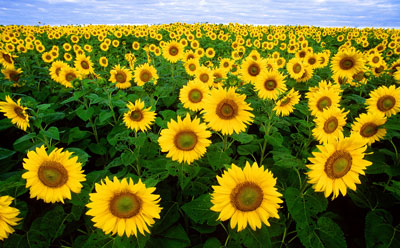
Photo by: Bruce Fritz
Preparation for Planting
As the name indicates, sunflower requires a great deal of sun. It requires direct sunlight for a minimum of six hours in a day. Add manure (from a horse, goat, cow, and the like) to the soil where you grow the sunflower. Sunflower grows properly where you have wet soil. Do not plant sunflower in sandy or rocky soil. Today, many are seriously considering sunflower organic gardening for better results.
Planting
- The most convenient time for sowing the seeds is after the frost of the spring that do not favor the sunflowers. The perfect temperature is 55 to 60 F.
- After the plants get systematically warmed from mid-April to late May, Plant the big seeds in the soil to a maximum depth of 1 inch and separate them 4 to 6 inches apart.
- In order to enhance the growth of the roots, and to protect the plants from the blowing winds, add a little fertilizer to the soil while planting.
- Try planting your plants progressively by spreading the process over a period (say 5 to 6 weeks) for the pleasure of seeing nonstop flowering.
- The low-growing plants spread their branches out while growing; hence provide such plants with enough space for expansion. Make rows with a 30 inch gap (For very small types, plant them closer to each other).
- When the plants attain a height of 6 inches, move them 2 feet apart.
- In case you happen to see birds grazing around, protect the seeds by spreading a net over them, until the seeds have sprouted.
Placement and Watering
Place your sunflowers in such a place where you get full sunshine for a minimum of 6 hours in a day. If you are growing them in a pot, place your sunflower in a window facing the south or the east. For convenience, place your plants outside your balcony where you get them fully exposed to bright sunlight. Sunflowers enjoy a sufficient quantity of water and flourish when watered regularly.
Flowering Period
Sunflowers that bloom annually flower for a short while before dying whereas the perennial sunflowers revive with fresh new flowers. The level of care you need to take for your sunflower after flowering depends on the variety you grow.
After-Bloom Care
Perennials return to bloom every year with fresh flowering. As for the annual sunflower, the after-care depends upon whether you want to harvest the seeds. For enhancing new growth in the coming spring, discard the brown perennial stalks.
As Cut Flowers
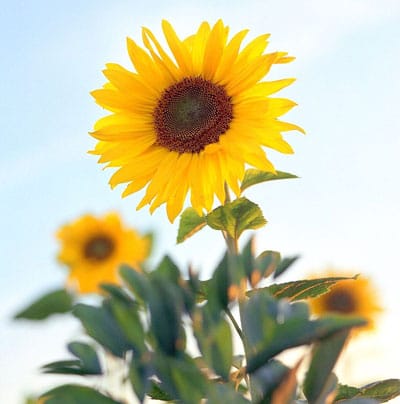
Photo by: T.Voekler
Cut flowers have this fantastic effect of brightening our indoors especially when the petals are about to open up from the centralized flower disc. While cutting, make it a point to retain 1 foot stem on every freshly cut sunflower, and cut the stem at an angle of 45 degrees.

Having discovered a fondness for insects while pursuing her degree in Biology, Randi Jones was quite bugged to know that people usually dismissed these little creatures as “creepy-crawlies”.

